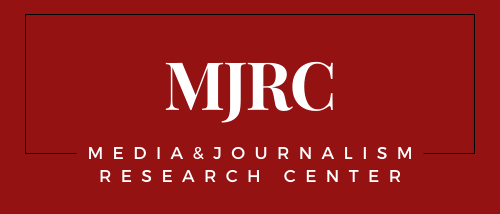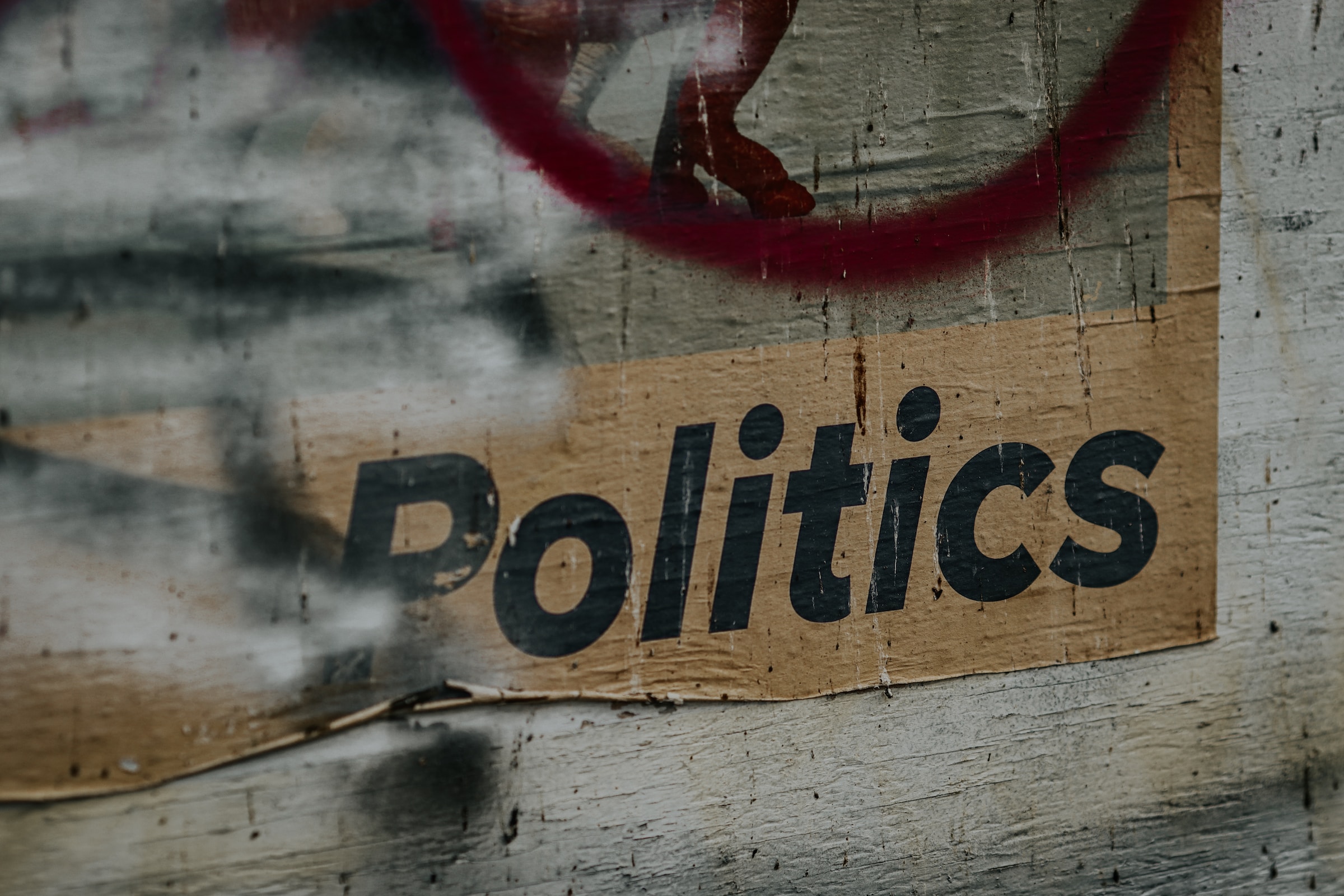Decoding the Power Play: Media and Elections in 2024
A research project charting the interplay among media, political parties and the private sector in a highly charged electoral year
Project description
The symbiotic relationship between media and elections has been a recurring theme in political communication research. The media plays a crucial role in democratic societies. It not only provides information critical to the functioning of democracy but also shapes public perception, influences voting behavior, and holds governments accountable.
This interplay between media and elections becomes even more pronounced in the digital age where news dissemination is instant, and the reach is global. The slew of elections planned for next year are expected to be heavily influenced by both traditional and social media, given the increasing dependence of voters on various media platforms for political information. This research project aims to delve deeper into this interplay and understand its intricacies.
The media’s role in elections cannot be overstated. It has the power to shape public opinion, influence voting behavior, and even determine the outcome of elections. As the primary source of political information for many voters, the media plays a pivotal role in disseminating information about candidates, their policies, and their performance.
The media’s role extends beyond information dissemination. It also sets the agenda for public discourse by deciding what issues are important and how they should be framed. This ability to shape public discourse can significantly impact voter perception and consequently, the outcome of elections.
With elections slated to take place in dozens of countries, study of the rapidly evolving media landscape and the unpredictable nature of politics is essential.
Focus
While there are numerous studies focusing on social media content during election periods, the influence of the media market’s structural conditions on election fairness and outcomes receives less attention. Decoding the Power Play: Media and Elections in 2024 has been created to systematically examine and track two crucial areas that we believe significantly shape the dynamics of the electoral process: media ownership and political finance. In addition to that, the project aims to collect data and information about the role social networks play in each national context.
Media ownership
The relationship between media ownership and electoral outcomes has been a subject of considerable debate. There is a growing body of evidence suggesting that media ownership can influence electoral outcomes by shaping public opinion. Media owners can use their platforms to promote various political views, endorse certain candidates, or discredit others. Moreover, media consolidation, where a few corporations or individuals own multiple media outlets, can lead to a lack of diversity in news coverage, which can limit the range of perspectives presented to the public, resulting in a skewed public opinion.
As part of Decoding the Power Play: Media and Elections in 2024, we aim to uncover the connections between media corporations and political entities, whether they are politicians or political groups.
Political finance
Media funding plays a significant role in shaping media content and consequently, public opinion. Funding can come from various sources, including advertising revenue, subscriptions, public funding, or private donations. Each of these sources can influence media coverage in different ways, potentially impacting electoral outcomes. For instance, media outlets reliant on advertising revenue may be hesitant to criticize corporations or policies favorable to advertisers. Similarly, media funded by political parties or individuals may favor those parties or individuals in their coverage. These biases can significantly impact public opinion and consequently, electoral outcomes.
As part of Decoding the Power Play: Media and Elections in 2024, we aim to map the sources of political finance and the main recipients of this funding.
Social media role
Social media platforms have emerged as significant tools for political communication, enabling politicians to interact directly with voters and sidestep traditional intermediaries. As extensively explored in existing literature, these tech platforms can sway elections in multiple ways. They can highlight specific issues, mold public discourse, and boost spread of misinformation or false news. In the 2024 elections, the role of social media is anticipated to be even more important. With the rise in internet accessibility and the widespread use of smartphones and AI, an increasing number of voters are expected to interact with political content on social media. Furthermore, the majority of the media outlets worldwide depend on social networks to reach their audiences, further enhancing the influence of tech companies in the political sphere.
As part of Decoding the Power Play: Media and Elections in 2024, we aim to:
a). examine the relationships on social media between media owners and political figures;
b). chart the political expenditure on social media, categorized by tech platform and spender.
Project objective
The interplay of media and elections in 2024 is expected to be heavily influenced by the trends and developments outlined in this research. The rise of digital media, the increasing polarization in politics and media, the media ownership and funding, and the potential influence of social media are all expected to shape the future of media and elections.
While numerous studies have examined the spread and impact of disinformation in elections, the influence of local media contexts on election power dynamics has been less thoroughly investigated. As we approach elections in a bevy of nations, including major geopolitical players and some of the world’s most populous countries such as the United States, the European Union (and potentially the UK), India, Russia, Indonesia, South Africa, Mexico, Pakistan, South Korea, various European countries, and over a dozen African nations, the year 2024 presents a unique opportunity to observe a range of political experiences. These will provide insights into global political trends and their potential impact on the world order and the state of democracy in the coming decade.
With conflicts and economic instability prevalent, and the fresh resurgence of right-wing movements across many nations, the outcomes of the 2024 elections will be particularly significant.
The project’s main goal is not to forecast election outcomes or monitor disinformation patterns. Rather, it seeks to shed light on the emerging dominant political structures and the media entities that bolster and magnify their messages. This would improve our understanding of the information and media ecosystem that will develop over the next decade.
Methodology and research template
The project’s methodology combines mapping/tracking techniques such as document analysis and desk research, with survey methods like online surveys and both in-person and online interviews. The research and data collection, conducted by a research team led by Marius Dragomir, the MJRC Director, began with a preparatory phase from January to June 2023, and will extend with a more intensive data collection phase until March 2025. The collected data will be used to draft a comparative analytical report and a series of academic articles.
This project is highly collaborative, particularly inviting academic institutions that have the necessary human resources and skills to participate. All project participants have unrestricted access to the data collected in the project for their own academic research and writing.
The data collection will use the following research template, which is expected to be refined and elaborated upon throughout the project’s duration.
Decoding the Power Play: Media and Elections in 2024
Political Party Map
Key political party map
Leading political leaders’ profiles
Main public agenda issues
Politicians’ attitudes towards media and journalism
Media Player Map
Map of media outlets linked with political parties or politicians
Profiles of influential media owners
Media outlet profiles based on election-related political coverage
Coverage map of main election issues
Political Finance Map
Total political party spending
Spending breakdown by media type: media companies, social media, etc.
Other types of electoral propaganda spending
Spending targets: a). largest media company recipients of political finance (breakdown by advertising spending, informal donations, state allocations, etc., where available)
b). social media budgets: breakdown by social network
Literature review of content analysis and monitoring studies
A review of publicly available election-focused studies about each country, including media articles, NGO and think tank reports, will be conducted for future research reference.
Country map
Photo by Jon Tyson on Unsplash
Support independent media research – your donation helps keep our work open.
Donate
